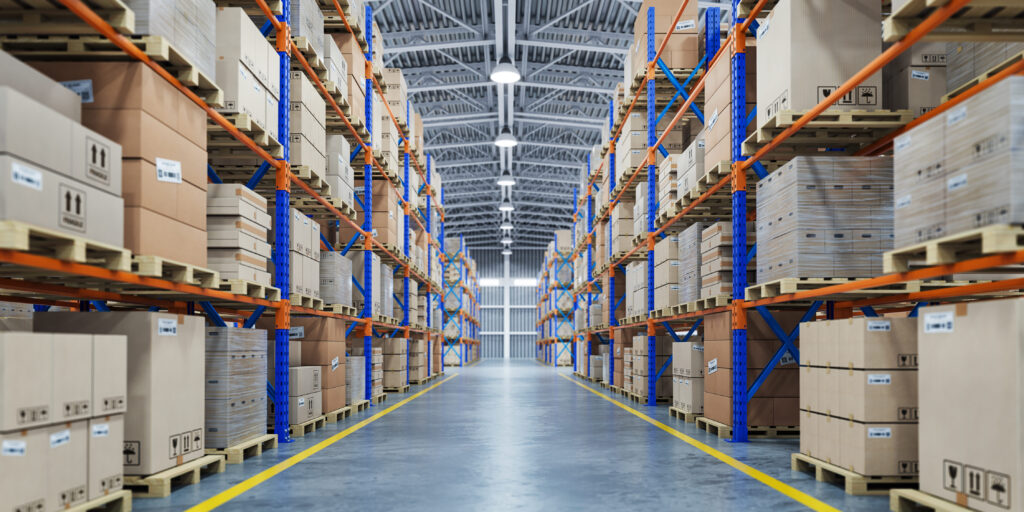In 2017 we identified: early trends In the consumer goods market, there is a trend toward moving logistics to third-party logistics providers (3PLs). As e-commerce market share grew, 3PLs offered simple and flexible solutions, just as companies began to view logistics as a non-core competency.
The pandemic has accelerated the shift to omnichannel retail, accelerating the trend of companies hiring 3PLs. This is blurring the lines between manufacturers, 3PLs, and customers. The impact on costs, working capital and supply chain structures will be felt in the coming months and years.
Current status of the e-commerce market
More than three years after the COVID-19 pandemic first disrupted the world, we can now look back at how it has affected e-commerce. Online sales in Europe are expected to account for 13.6% of total retail sales this year. 10.6% in 2019, the last full year before the pandemic. This means his online sales increased by 28% over the same period. In the United States, the growth is even more pronounced. Forecast of 17.9%, up from 11.1% in 2019 Online sales soared to 61% in 2023.
For a consumer goods company with a distribution network designed to meet order profiles for cases and pallets, this is a huge change in a very short period of time. Given the tight labor market environment, it's no surprise that 3PLs' global revenues are declining. grew by over 27% At the same time. This growth is likely driven by the increasing requirements for detailed selection and fast delivery in e-commerce.
Two trends come together
The boom in e-commerce and the associated growth of 3PLs appears to be converging on a key trend that blurs the distinction between traditional retailers and logistics providers.
A look at online retail giant Amazon illustrates this point. Amazon is more than just a retailer that happens to sell suppliers' products online. For years, Amazon has offered a solution called Fulfillment by Amazon (FBA). This allows Amazon to store products for vendors and prepare/ship orders on their behalf (for a fee, of course).
Simply put, Amazon is offering to act as a 3PL for vendors. It was a huge success for the company. Revenue from third-party seller services (primarily FBA) is Doubling from 2019 to 2023. It is estimated that it will end in 2023 90% of vendors Use and represent FBA 60% of all units sold on Amazon.Not to be outdone, Amazon's biggest U.S. rival, Walmart, is also Launch of Walmart fulfillment service, 25% of vendors are already using this service. Europe's largest online retailer other than Amazon, Apparel vendor Zalandoalso has its own variations.
For online retailers, there's a lot to like about this model. First, you can leverage your hard-earned expertise in preparing and shipping online orders. Second, having a larger catalog and inventory helps you make the most of your distribution footprint. And third, inventory is not attributed to the vendor, so it remains on the vendor's balance sheet. The result is a much more efficient company in terms of both fixed assets and working capital.


